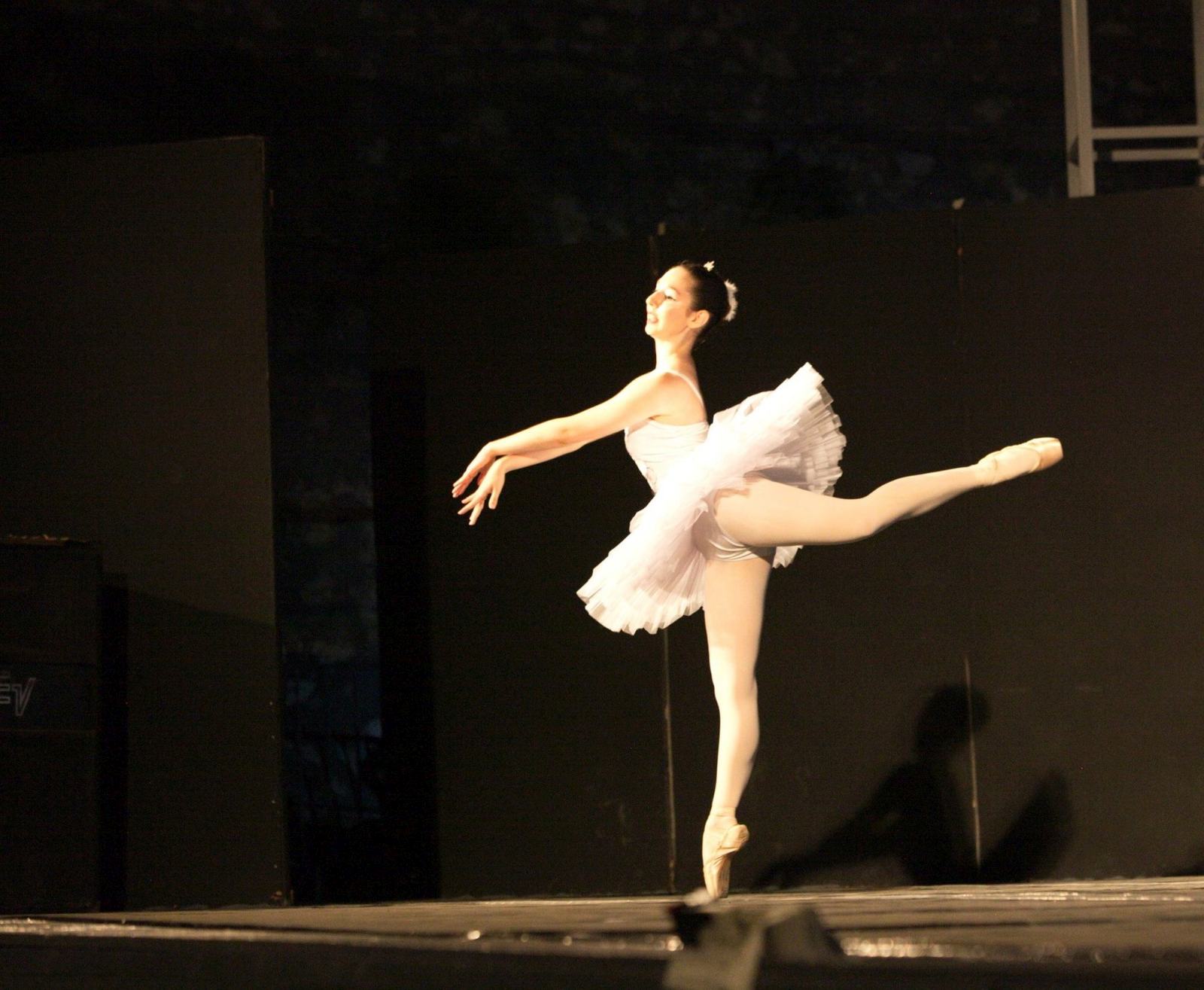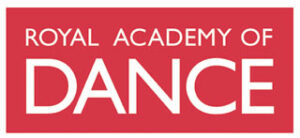
Classical Ballet
Ballet is a type of dance, originating from Italy in the 15th century, which later evolved into its stage form, mainly in France and Russia. In its first form, the use of sets was absent and took place in large meeting rooms, where the spectators occupied the seats in front of and on both sides of the stage. Since then, it has evolved into a kind of dance of high technical requirements, with its own terminology and structural composition. The musical accompaniment is mainly from the repertoire of classical music. It is considered one of the most advanced arts, which requires many years of practice to reach a professional level. In our school for Classical Ballet we teach the English system of RAD.
 The Royal Academy of Dance (R.A.D.) is one of the leading international organizations specializing in dance education and training with an emphasis on classical dance. Founded in London in 1920, it was created to improve the teaching of ballet in the United Kingdom. To achieve this goal a new method of teaching dance and technique for the academy was devised by a group of eminent European dancers. This method is a combination of the three schools of classical dance, Russian, Danish and Italian. It is suitable for the amateur dancer but also offers an excellent base for those who want to pursue a professional career. The style of ballet developed by the R.A.D. has been internationally recognized as the English style of ballet.
The Royal Academy of Dance (R.A.D.) is one of the leading international organizations specializing in dance education and training with an emphasis on classical dance. Founded in London in 1920, it was created to improve the teaching of ballet in the United Kingdom. To achieve this goal a new method of teaching dance and technique for the academy was devised by a group of eminent European dancers. This method is a combination of the three schools of classical dance, Russian, Danish and Italian. It is suitable for the amateur dancer but also offers an excellent base for those who want to pursue a professional career. The style of ballet developed by the R.A.D. has been internationally recognized as the English style of ballet.
The R.A.D. is one of the largest dance organizations in the world, with over 14,000 members in 79 countries, including some 7,500 registered teachers. There are currently approximately 1,000 students attending R.A.D. teacher training programs, and each year approximately 250,000 applicants worldwide participate with the R.A.D exams.
Queen Elizabeth II is the patron of the R.A.D. and Darcey Bussell was elected President in 2012, succeeding Antoinette Sibley, who served as President for 21 years.
Royal Academy of Dance Curriculum
Young children begin their studies with the following preschool programs: Pre-Primary and Primary In Dance, with which they develop basic skills of movement, knowledge of music, interpretation and creativity. The lessons follow topics in order to encourage the participation, concentration and self-confidence of each child, while preparing students for entry into the Graded levels.
Graded levels provide a broad practical training in dance with the aim of developing proper technique, expression and musicality. The material of each level incorporates three different dance styles which are ballet, free movement and character dance.
The Vocational Graded levels offer vocational education and training further cultivating students’ technique, musicality and interpretation and introduce the pointe technique for female students. These levels essentially prepare students who want to pursue a dance career either as professional dancers or as dance teachers. The Academy supports and trains its members through a wide variety of courses, summer schools, seminars and conferences attended by our school.

